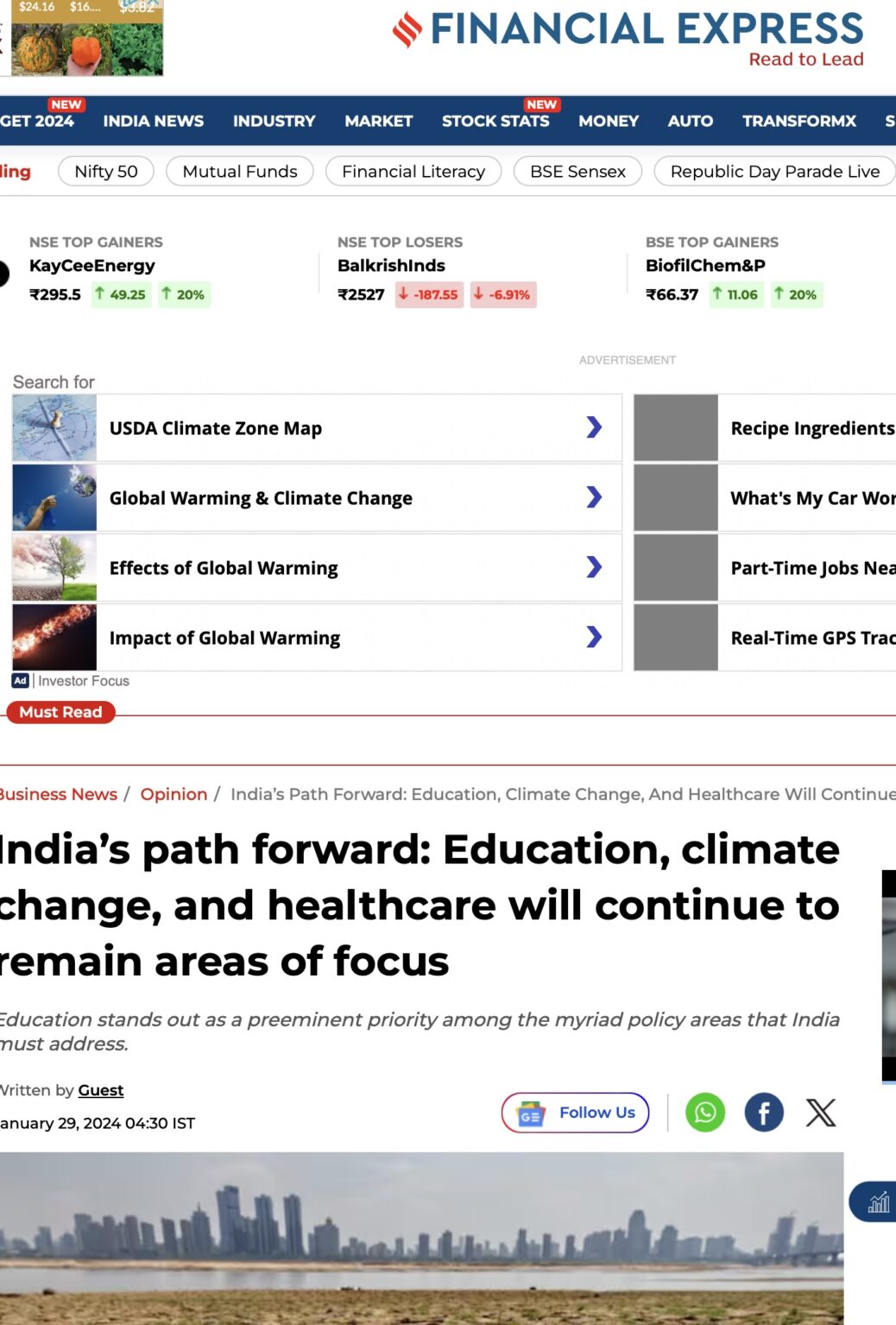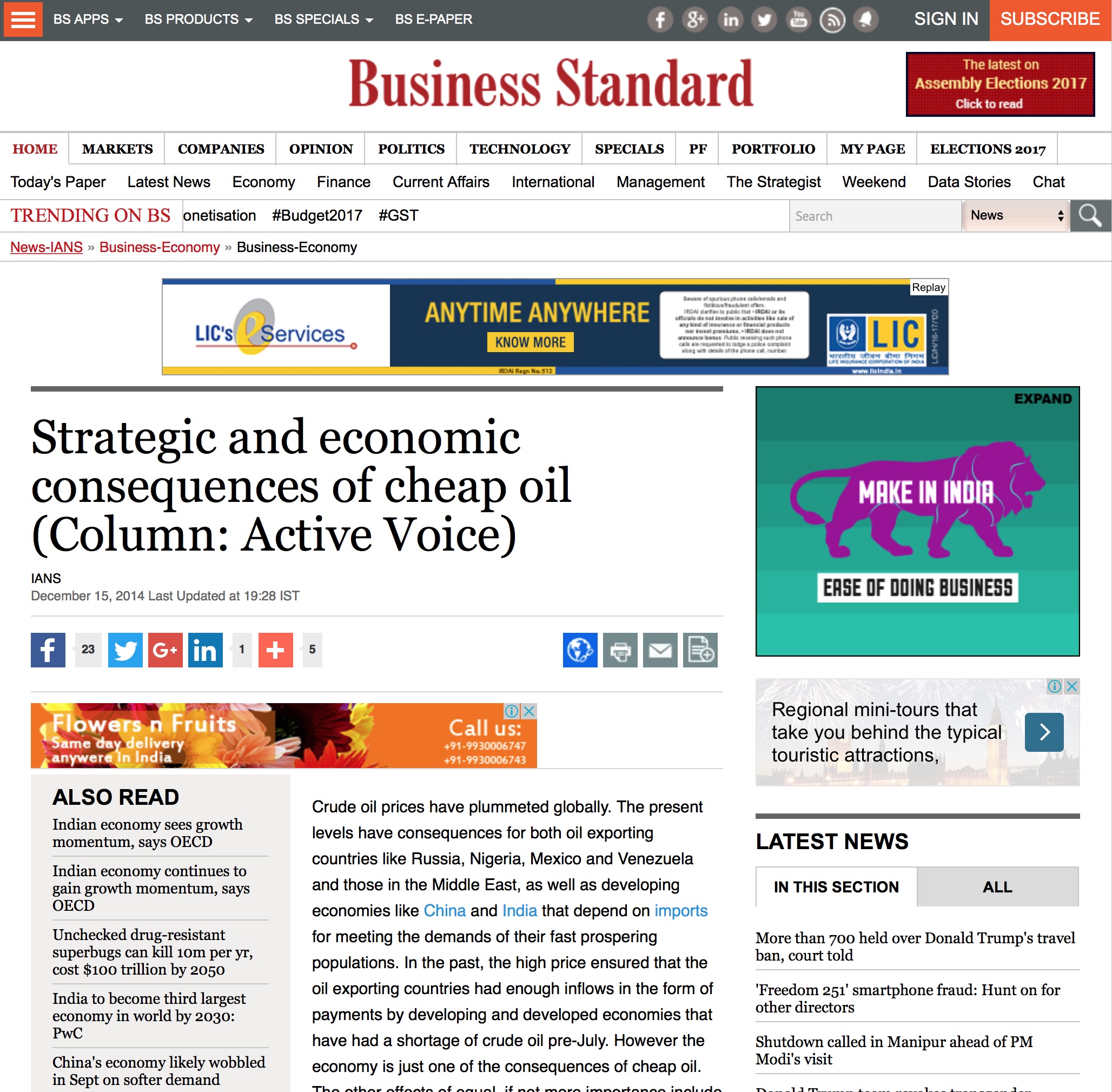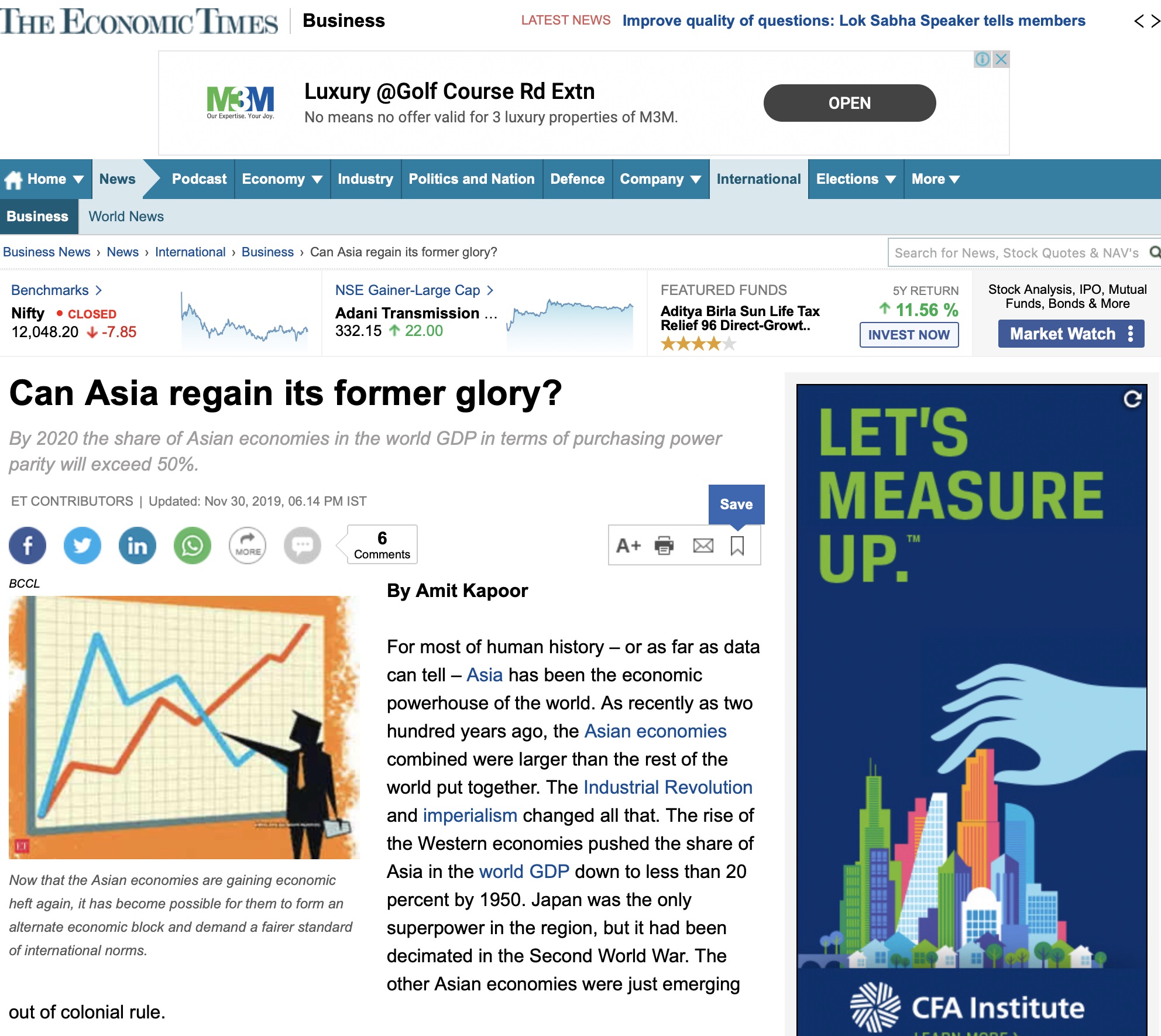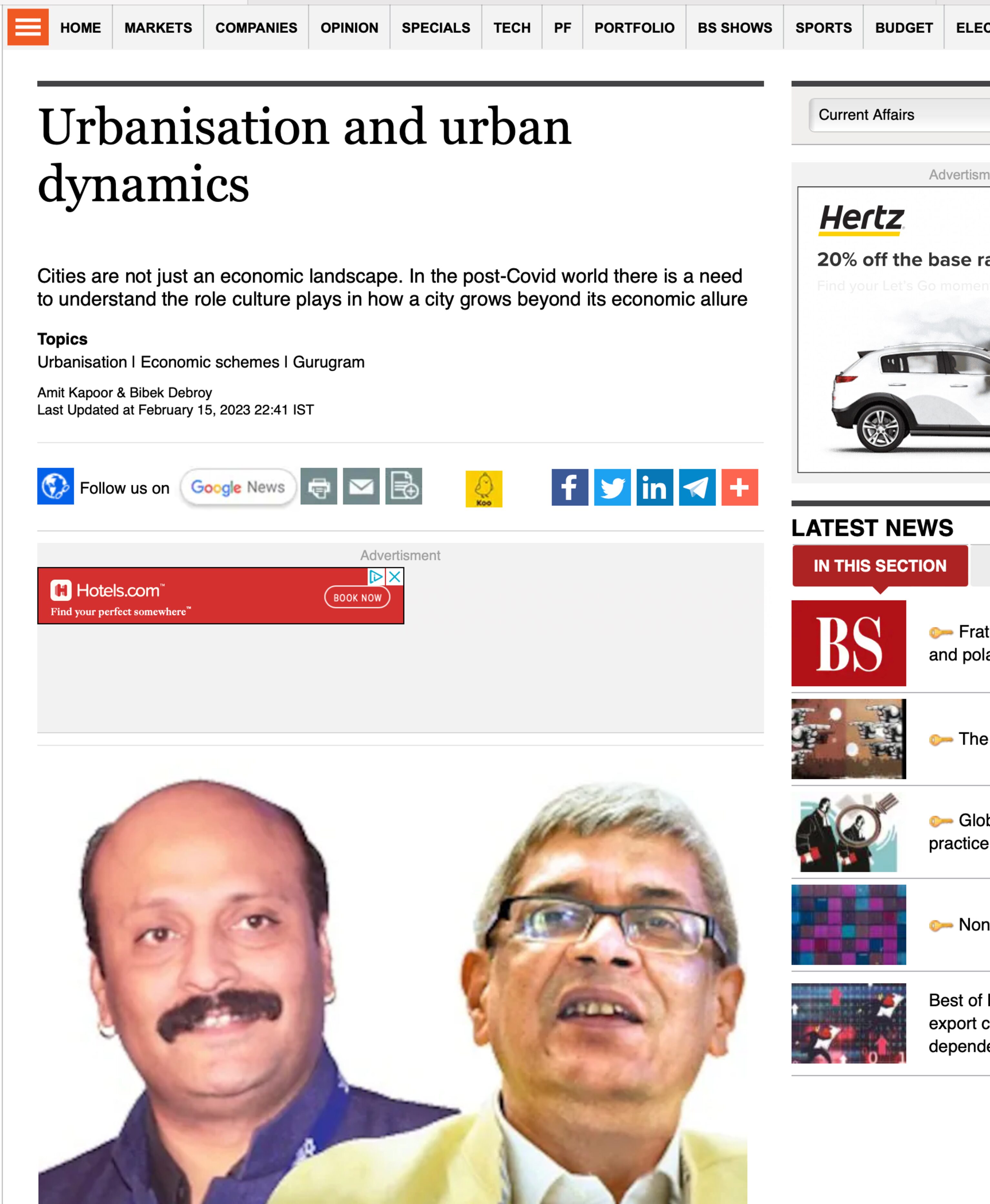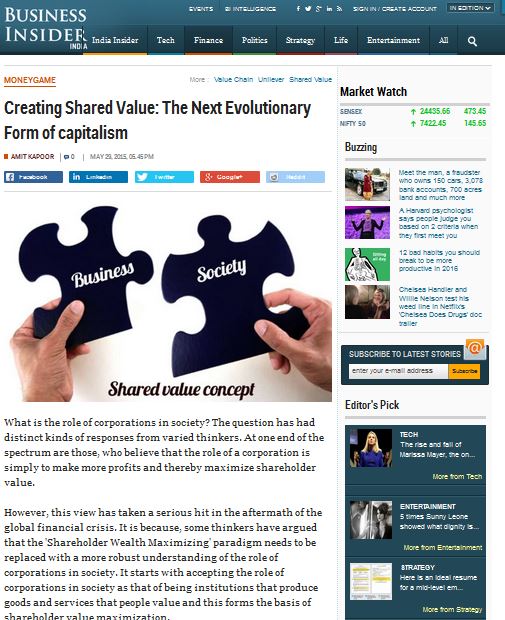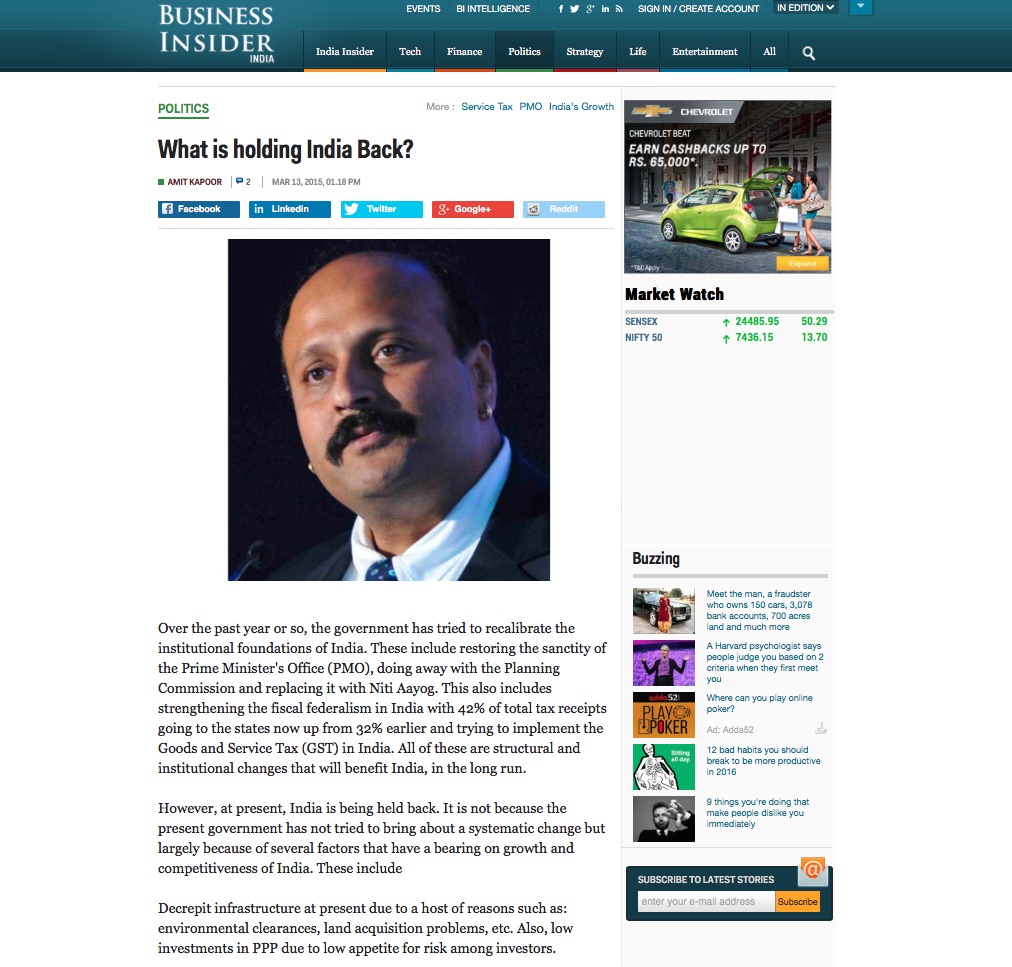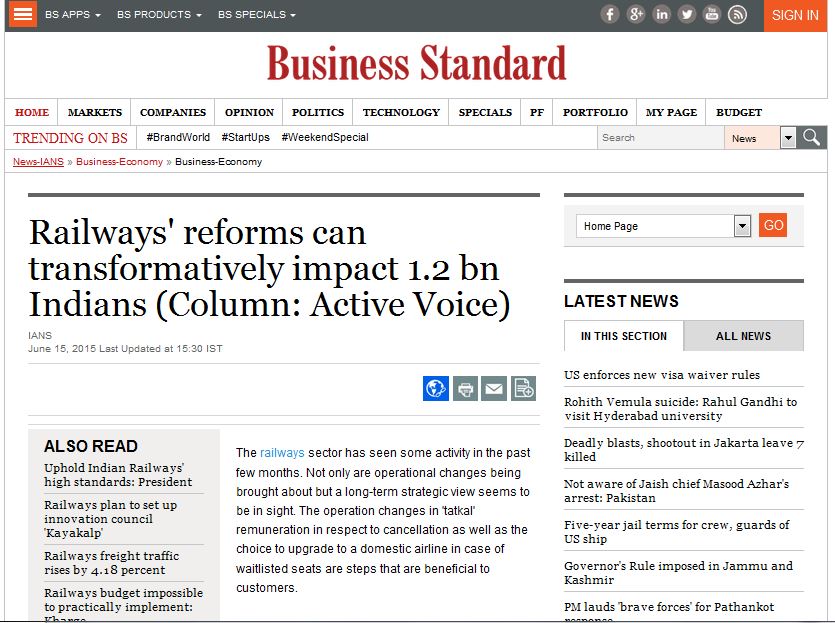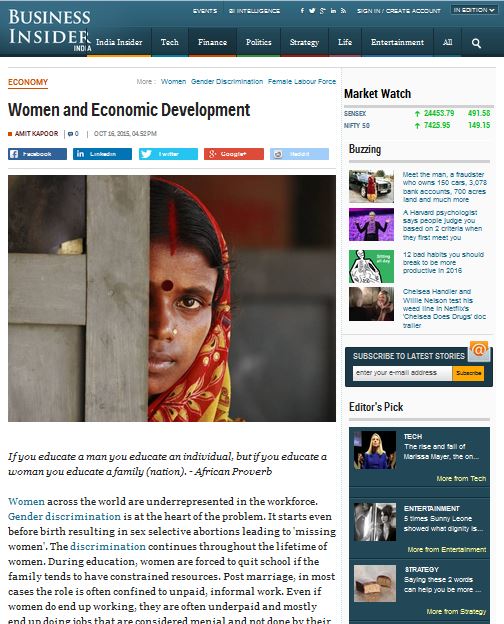India’s Path Forward: Transforming Realities
As one contemplates the trajectory for India’s transformation from a developing nation to a developed one, a myriad of policy prescriptions surfaces. The abundance of potential actions can leave an individual bewildered, grappling with uncertainty about where to initiate the transformative journey, let alone a vast and diverse country like India. In the face of such complexity, the imperative becomes evident—to delineate priority areas and identify the ‘must-dos’ for India’s progress. As the nation approaches its 75th Republic Day, it becomes a timely juncture for introspection and the posing of challenging questions. Prioritization requires a comprehensive assessment of India’s current challenges and future aspirations. This entails scrutinizing sectors ranging from education, healthcare, and infrastructure to technology, governance, and environmental sustainability. As India stands at the threshold of its 75th Republic Day, it is incumbent upon its leaders and citizens alike to engage in a collective dialogue that shapes the nation’s priorities and paves the way for a prosperous and developed future.
Education stands out as a preeminent priority among the myriad policy areas that India must address. A multifaceted evaluation of education encompasses various parameters such as the pupil-teacher ratio, infrastructure, sanitation, accessibility, and curriculum. However, it is the ultimate learning outcomes that serve as the litmus test for the quality of these individual components. A good combination of all these factors is instrumental in elevating the overall quality of education. Key questions arise when assessing the Indian education landscape: What is the caliber of our graduates, and how effectively do pupils absorb knowledge from their courses? Home to one of the largest education systems in the world, India has around 14.9 lakh schools, 95 lakh teachers, and a staggering 26.5 crore students hailing from diverse socio-economic backgrounds. According to the National Achievement Survey (NAS) 2021, learning levels showed a gradual decline in learning levels as pupils progressed from to higher grades. The average proficiency was reported at 59% in grade 3, 49% in grade 5, 42% in grade 8, and 36% in grade 10. This calls for urgent attention to foster a citizenry that is educated in the true sense of the term. Looking ahead, India’s working-age population is anticipated to grow by approximately 9.7 million annually from 2021-31 and 4.2 million per year in the subsequent decade. This demographic shift presents a unique opportunity to harness the expanding workforce, fostering increased labor force participation. This demographic can be a dividend if we are able to integrate the working-age population into gainful employment. Educational policies have to be shaped and reshaped to ensure strategic workforce mobilization. Furthermore, as a nation, we must begin taking into account the implications of an ageing population. Between the years 2015 and 2050, it is projected that the percentage of the global population aged 60 and above will nearly double, increasing from 12% to 22%. We must ensure that our social and health systems are well-equipped to cater to the needs of an elderly populace.
Addressing climate change and its repercussions emerges as the next critical imperative. The world bears witness to the telltale signs of climate change, manifesting in various forms. The Reserve Bank of India’s Currency and Finance Report (2022-23) highlights our economic vulnerability due to climate change, revealing that up to 4.5% of India’s GDP could be at jeopardy by 2030 due to lost labor hours resulting from extreme heat and humidity conditions. If we take into account the scarcity of resources such as water that we could face in the future, the picture it paints is a concerning one to say the least. The collective impact of climate change also puts to question the well-being of millions, as water, food and energy sources come under duress. As per the World Bank, India is home to 18 percent of the world’s population, but has only 4 percent of the world’s water resources. Climate change, if not addressed well, will only exacerbate our current challenges. While efforts are underway to tackle climate change and schemes such as the
Jal Jeevan Mission (JJM)-Har Ghar Jal is a case in point, these efforts must be accelerated to ensure action against climate change is commensurate with the enormity of the issue.
During the pandemic and in the aftermath of it, the imperative of affordable and accessible healthcare has become even more pronounced. In India, a four-tier healthcare system spans grassroots, primary, secondary, and tertiary levels. The nation has 1,66,000 Health and Wellness Centres spread across rural and urban areas. The pandemic has underscored the crucial role of these tiers, particularly the grassroots level.
Beyond affordability and accessibility, the quality of healthcare demands attention. According to the Asian Development Bank (ADB), the integration of quality into universal health coverage policies is a recent development and is yet to be adequately addressed, and it is important to understand that cost, quality and access in healthcare delivery do not have to be at loggerheads with each other. Finding a harmonious balance among these aspects is paramount for an effective healthcare system.
In addition to climate, education, demographic dividend and health, the idea of self-reliance or ‘aatmanirbharta’ has also been discussed extensively in recent years. What does self-reliance imply? In order to be self-reliant, India must have a robust industrial ecosystem. While there are encouraging statistics such as DPIIT recognizing 92,683 entities as startups (as in February 2023) since the launch of Startup India initiative in 2016, this figure can be substantially higher by identifying and addressing specific challenges that companies face not just in the initial period, but throughout their business cycle. In paraphrasing Michael Porter’s perspective on strategy, the core lies in the execution of activities wherein you choose to act differently or engage in different activities compared to competitors. While initially articulated in a corporate context, this insight also resonates when formulating a nation’s strategy. In the context of the policy areas discussed above, it is key to transcend rhetoric and delve into tangible on-the-ground realities and actions.
The article was published with Financial Express on January 29, 2024.

